Constructive Criticism Explained (How to Give and Receive)
What is constructive criticism? It might be tough to provide and receive constructive criticism. Offering fair criticism may be critical to your team's growth and development, whether you're conducting an annual review or adopting an employee improvement plan. On the other hand, your staff can benefit from practical feedback if you use a range of ways to provide constructive criticism.
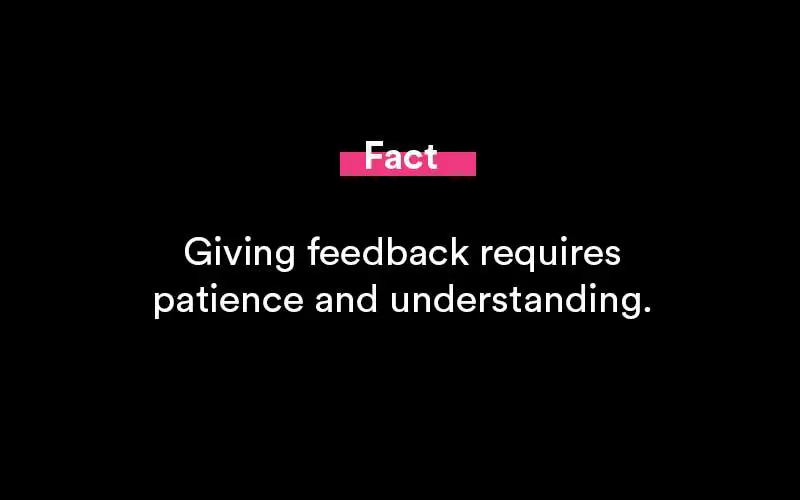
What is the definition of constructive criticism?
Constructive criticism is a helpful way of giving feedback that provides specific, actionable suggestions. Rather than giving generic counsel, constructive criticism makes particular ideas on creating good improvements. Constructive criticism is straightforward, to-the-point, and simple to implement.
Constructive criticism may get used as part of an improvement strategy to assist workers in setting and achieving their work objectives. It may also foster a good environment where employees feel free to ask questions, seek support, and share their own opinions and ideas. Finally, constructive criticism may help your staff better grasp your expectations and achieve, if not surpass, those standards.
Constructive criticism vs. destructive criticism
You may receive feedback that appears constructive criticism but is negative comments disguised as constructive critique. Destructive criticism is the term for this form of feedback. In contrast to constructive criticism, destructive criticism is input that isn't intended to help you improve as a person, employee, or friend.
Destructive criticism, on the other hand, is:
- It was meant to be a personal attack.
- Designed to lower someone's self-esteem
- Public
- It is neither specific nor actionable.
- Excessively critical or nit-picky.
If you receive negative feedback, don't be scared to ignore it or seek guidance from a mentor. You, a mentor, or your company's HR department, depending on the scenario, may be able to assist.
Constructive criticism focuses on building the other person's skills, awareness, or abilities up. Constructive feedback is designed to assist the other person. It's positive feedback given in ways to improve.
Tip: Receiving criticism from a coworker, a peer, or someone you don't respect might be difficult, but consider that even the most defective sources can provide accurate and constructive feedback. Critical feedback is the backbone of collaboration.
Tips for delivering constructive criticism
Constructive criticism may be an excellent place to start when building improvement plans, setting goals for skill development, and enhancing overall workplace growth. Consider the options below for providing immediate and actionable feedback:
- Consider employing the sandwich technique (feedback sandwich).
- Make use of the "I" language technique.
- Concentrate on the action or behavior at hand.
- Include concrete examples of favorable feedback.
- Give specific, actionable feedback.
- Consider employing the sandwich technique.
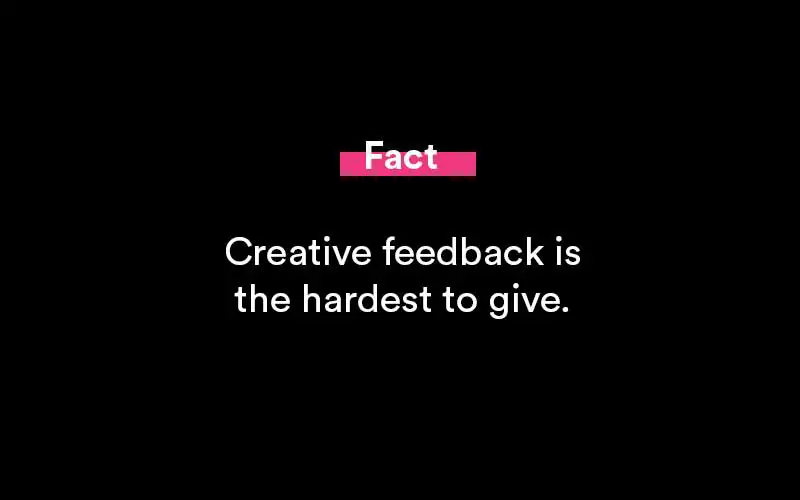
An assessment or employee review can begin with appreciation for what an employee has done well before moving on to examine whether elements of their performance need to be improved with this method. Constructive criticism is delivered in between particular praising remarks using the sandwich approach. The critique gets concluded with another specific praise.
Consider using the sandwich method.
Using the sandwich technique to offer actionable feedback to your staff may be quite beneficial. Consider using the sandwich tactic to start your employee review or meeting by praising them for a job well done, a strong work ethic, or a goal reached. Before you end the chat, focus on providing valuable recommendations and development ideas, as well as giving your support.
Tip: List your positive praise, the area of development you'll focus on, and another particular recognition for anything done well or above expectations when writing out your feedback.
"The introduction of the presentation provided a clear summary of the KPIs you want to cover this quarter," for example. The accompanying overview of how the KPIs will be tracked, on the other hand, appeared to be missing certain crucial information, such as the target objectives and techniques to be used. It will assist in fleshing out your project plan if you edit your outline to add one to two specific targets that the team will establish and what tactics they will use to monitor progress. However, the main structure of your argument is sound, and I believe it would get strengthened if you included the facts we discussed."
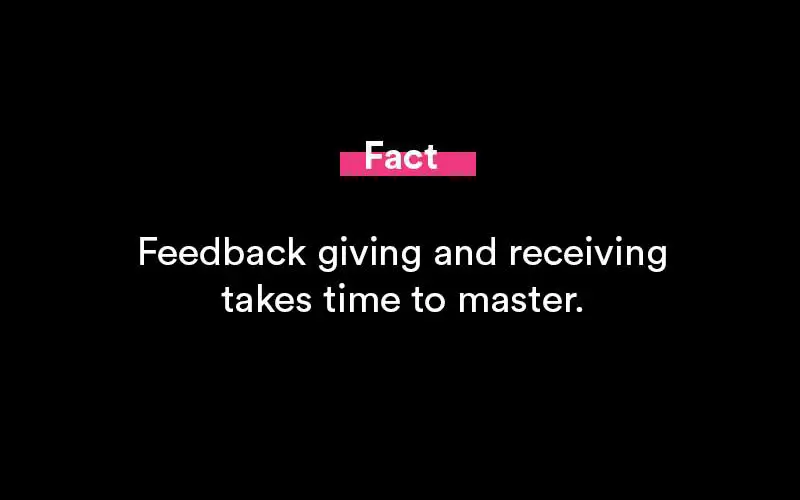
Make use of the "I" language technique.
Using terms like "I believe," "I feel," and "I'd recommend" ensures that the individual getting the feedback realizes that the criticism gets directed at the circumstance or conduct, not at them. It also confirms your point of view by letting the other person know how you perceive things. This method will allow the other person to remove the criticism from himself and see your point of view.
When you provide constructive criticism using "I" phrases, you reduce the possibility of misinterpretation. Focusing on how actions, outcomes, or product outputs affect your job and how it fits into the firm may impact your employees since "I" language is a more effective method to establish communication than being silent.
Tip: Focus on how your employee's performance has influenced your work obligations, both favorably and adversely, while utilizing "I" language. Make sure to mention areas where you can improve and give your guidance.
Example
"I liked your proposal for a new product launch, but I thought the plan outline would be clearer if there were some actual examples of the manufacturing tactics we'd utilize," for example.
Concentrate on the action or behavior at hand.
When giving constructive criticism, it's critical to concentrate on the precise action, result, or behavior you'd like to see improved. If one of your employees isn't reaching call quotas for daily or weekly goals, for example, you'd focus on what steps you may take to help them enhance their productivity and achieve their quotas.
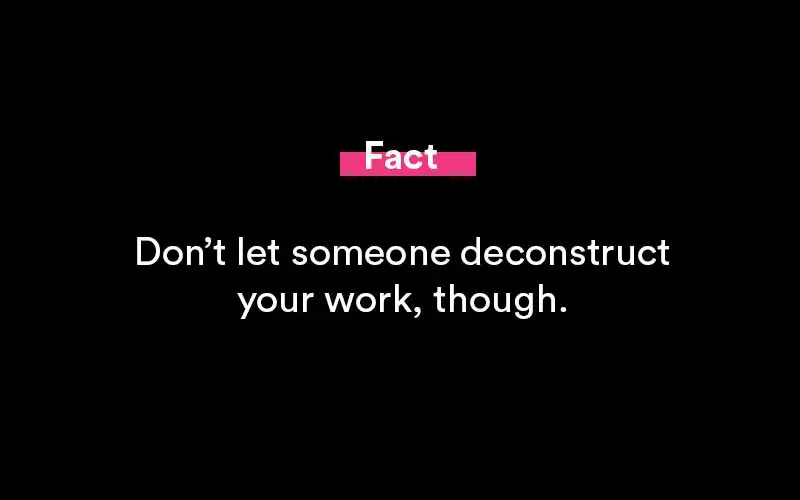
Consider utilizing non-specific terminology such as "the numbers," "the performance," or "the project" instead of "your numbers," "your performance," or "your project" when concentrating on the action and change you want to see. While employees must assume responsibility, continually providing criticism that focuses on "you" rather than the issue can lower morale and overall productivity.
Before you deliver your constructive criticism, consider writing down the specific items or actions you'd like to see improved.
Example
"The presentation went well, although there should have been additional supporting proof of the data," for example.
Include concrete examples of favorable feedback.
Praise an employee for their productivity, performance, ability to surpass expectations, or another well-done success or achievement. This method frees up your workers' time to focus on the duties and responsibilities well or better than expected. They may then use their strengths to any improvement programs you could put in place for weaker abilities or performance. Furthermore, complimenting your staff frequently and when they deserve it helps boost morale and motivation.
When delivering constructive criticism, consider concentrating on two exemplary activities for every critique you provide.
Example
"The speech was powerful and well written. However, I believe it may have been more successful if it had had more emotion. You talked clearly and steadily, especially during your introduction and conclusion, but the audience would have been more interested if you had used more passion and tone."
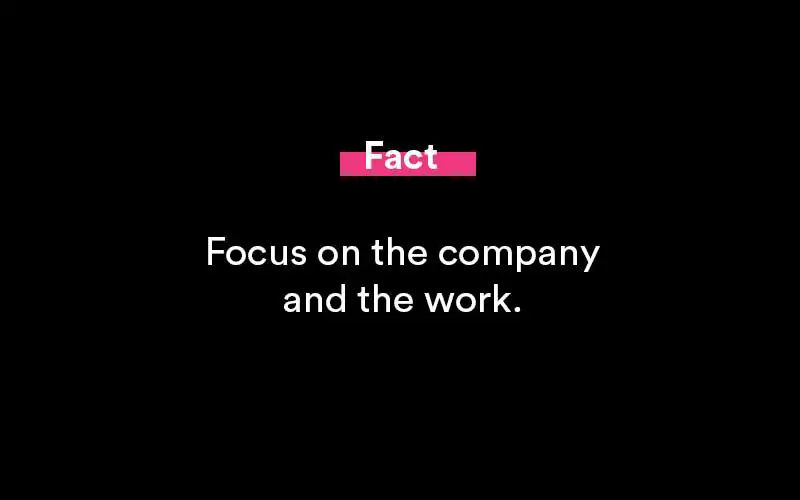
Provide useful input.
It's critical to provide feedback that your employees can use right away to reach new goals and enhance their performance, productivity, abilities, or other areas when applying constructive criticism. Consider talking about tactics that you and the employee can utilize to make progress.
For example, if staff productivity is poor, you may make a daily checklist or spreadsheet that lists urgent, essential, and nice-to-have activities. Then, by initialing, putting checkmarks, and having supervisors monitor the improvement, employees may be held accountable for working through their job lists and ensuring that expectations get fulfilled. Setting rewards for reaching targets or surpassing standards is another option.
Focus on one area of improvement and engage with staff to implement development goals.
Example
"Although tasks are getting accomplished, the quality of the job is diminishing due to hurried work. Let's see what we can do to increase quality while still reaching corporate goals. How would you feel if we sat down and wrote a detailed improvement plan that included both necessary and optional tasks? That way, we'll be able to keep track of how you're getting on with your daily activities. If it's a matter of time management, the outline can help us recognize it and devise a distinct strategy."
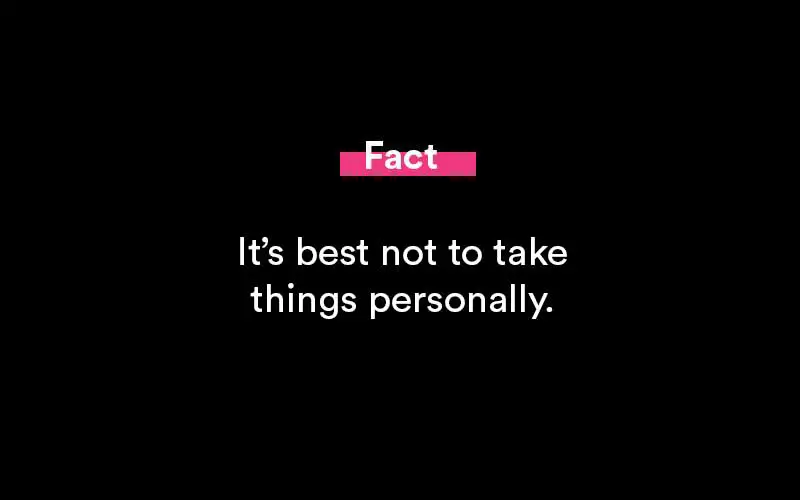
How to accept constructive criticism
You've had plenty of practice providing constructive criticism—but what about receiving constructive criticism? It's tough to accept helpful criticism without becoming defensive. Even if you know the person is providing you feedback to improve you, it's natural to get defensive when you receive criticism—even if it's constructive.
Hopefully, the individual has informed you that feedback will be forthcoming. When you know someone is giving you constructive comments, you may plan ahead of time to avoid taking you off guard.
Even if you do get unprompted constructive criticism, as long as it isn't damaging, follow these six steps to become an expert at receiving it:
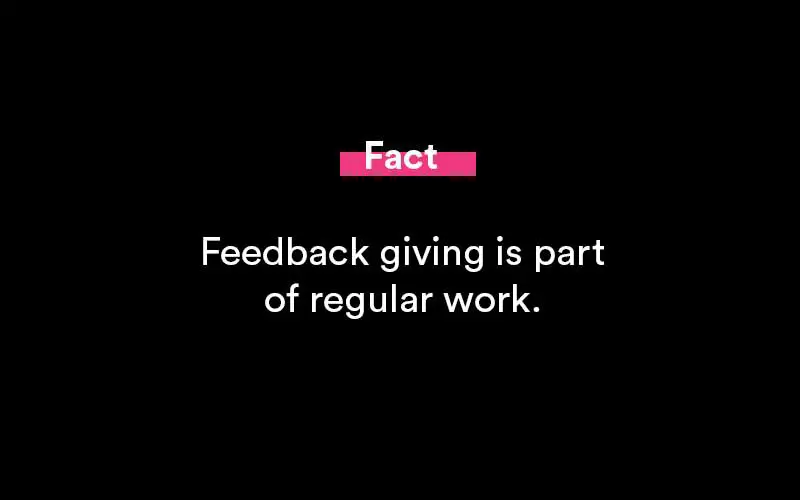
- Avoid retaliating right away. Feedback can activate our fight or flight reaction, turning a potentially beneficial session into an adrenaline rush. Take a deep breath and suppress the impulse to react, respond, or dispute before responding.
- Remind yourself, if necessary, that constructive criticism may help you improve. Even if you weren't expecting it, keep in mind that this constructive criticism is getting delivered with your best interests in mind.
- Listen to comprehend, not to answer. When someone offers constructive criticism, listen without responding with a retort or a defensive retort. Remember that the individual is providing input to assist you and attempt to listen with an open mind.
- Connect the feedback to your position, not to yourself. Because we believe others are condemning us, feedback seems personal. However, constructive criticism in the workplace is frequently dependent on your position. Good feedback may help you enhance your job performance and isn't always as personal as it may appear.
- Thank the individual who provided you with feedback. It's difficult to give constructive criticism. Thank the individual for their time and effort in assisting you with your improvement.
- Question, but don't contradict the feedback. It's OK to ask questions and create ways to improve, even though you shouldn't reject or deny the comments. It's also okay if you aren't ready to ask inquiries right after hearing critical commentary. Set up a follow-up appointment to discuss how you can improve.
Tips on what to avoid when providing specific feedback to others
Here's how to deliver comments on positive improvements in a more natural way:
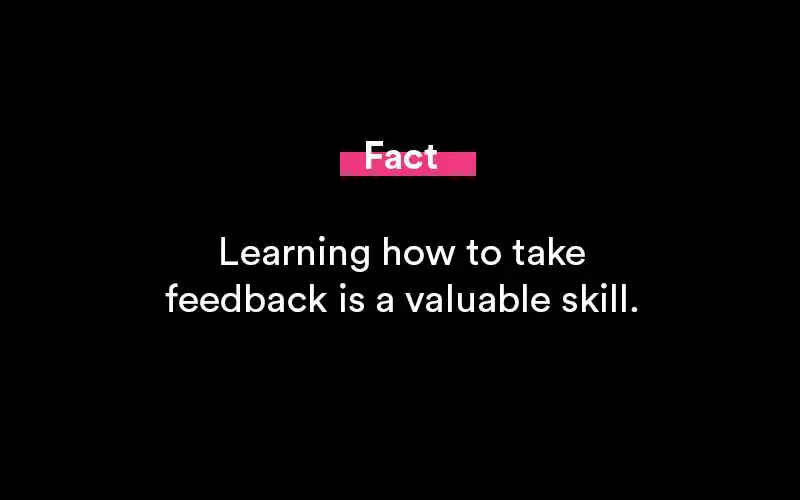
Avoid the sandwich approach.
The sandwich approach begins with a positive note then includes constructive criticism before concluding with another clear statement.
The sandwich approach, despite its popularity, isn't an effective way to deliver reasonable, constructive feedback. Because you're layering the constructive criticism, you'll have a hard time making it actionable or brainstorming future moves. Instead, no matter how many pieces of feedback you have to offer, spend your time making them as detailed and useful as possible.

Don't make your feedback public.
Even the most well-intentioned criticism may be difficult to swallow, especially if the person to whom you're delivering feedback has put a lot of time and effort into their work. It would help if you started a conversation about how the individual can improve for comments to be constructive and beneficial.
If you post your feedback publicly, you won't have this sort of conversation. Instead of striking up a dialogue, the person may feel humiliated, ashamed, or attacked personally. They may react defensively or move on without considering the comments. To have the most fruitful discussion, make sure you take the time to sit down and talk—schedule time to provide constructive feedback or do it during a regularly scheduled 1:1 meeting.
Refrain from imposing feedback on others.
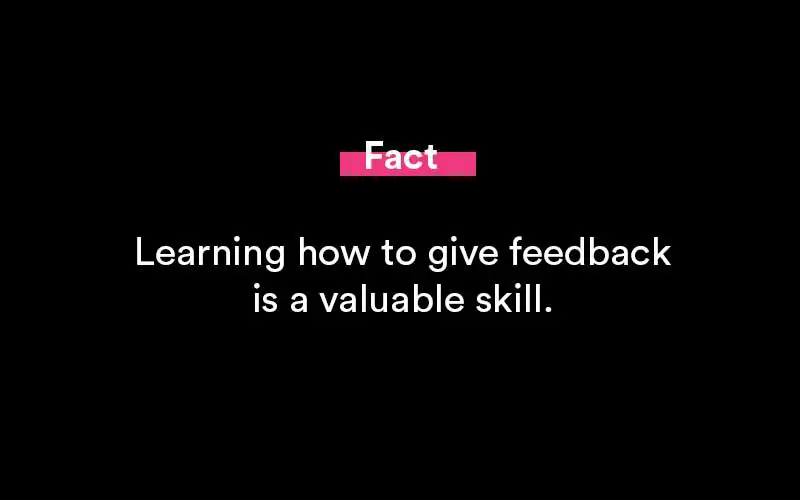
As a result, you should avoid forced positivism, just as you avoid the sandwich strategy. The goal of constructive feedback is to assist the individual move ahead and grow, not shower them with empty accolades.
Make sure you think it through and mean it, no matter what kind of feedback you're delivering. Insincere comments can be frustrating and make subsequent feedback sessions more challenging.
Avoid trying to "surprise" people with your criticism.
Giving feedback may be a nerve-wracking experience. It might be hard or unpleasant to tell someone you want to offer them feedback—what if they are defensive or have further questions for you?
Though feedback meetings might be awkward, attempting to "surprise" someone with criticism can convert a positive encounter into a bad one. It may be annoying, upsetting, and make the individual feel personally attacked if your comment comes out of nowhere. Instead, make it clear to the person that this will be a feedback session.
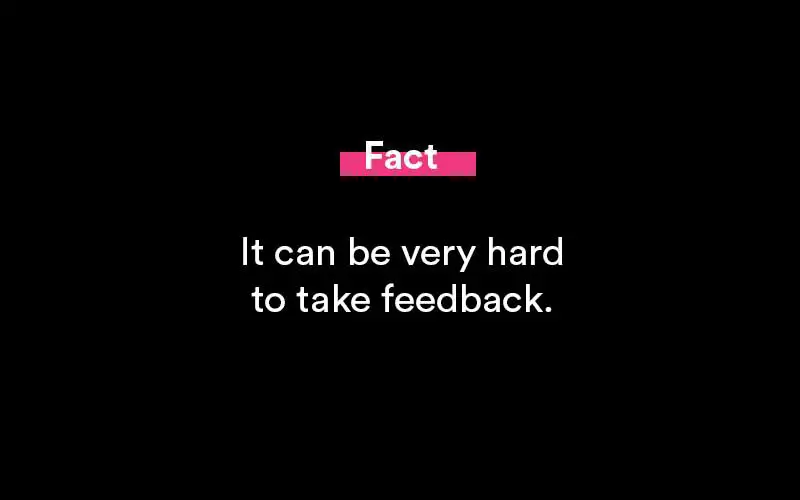
Related: Sole Proprietorship vs Self-Employed
Popular Resources

Featured
35+ Phone Interview Questions & Best Sample Answers
Phone interviews have become a core part of the process when attempting to find a secured placement for an open position. Companies receive massive responses from potential candidates for any..

Featured
12+ Best Questions To Ask A Recruiter
Concerning a job search, you might receive numerous offers from your recruiters. Before you choose one, you need to assess all the conditions, for which it is vital that you know everything associated with the offered position..

Featured
Answering "What Makes You Unique" In A Job Interview
Answering this question during a job interview requires more than knowing why you are unique as an individual. Yes, the true scientific answer is made up of two main components: your..

Featured
250+ Ice Breaker Questions for Life
An ice breaker question is a question that’s asked from one person to another person in order to act as a conversation starter. It brings a connection...

Featured
10 Best Answers to "What Motivates You?"
Open-ended questions like “What motivates you?” can elicit a deer-in-the-headlights reaction from job candidates if they are unprepared. It’s a broad question and can leave the interviewer..

Featured
Answering "How Did You Hear About This Position" In An Interview
A lot of interviewers ask this question - how did you hear about this position? This way they can judge you if you are a passive or an active job seeker..

Featured
8 Best Thank You Emails After an Interview (Samples, Free Templates)
Writing a thank you note after an interview says a lot about you as a potential employee. Most notably, it says that you care about the opportunities presented..

Featured
Writing a Resignation Letter (How To Write It, Samples)
Writing the perfect letter of resignation is more of an art than it is a science. And we’re going to cover how to master that art form in this full guide..

Featured
How to End a Letter (Example Salutations, Sign Off's)
Knowing how to end a business note or email is an important skill to develop. It helps portray a sense of confidence, respect and tone to your message..
